
Pre-white settlement
The White Mountain Research Center (WMRC) is located on occupied Nüümü and Newe (Western Shoshone) homelands, Payahuunadü (Owens Valley) and Koho (White Mountains). WMRC recognizes the Nüümü and Newe as the first stewards of these lands. Our facilities sit directly on the historical territories of the Bishop Paiute, Big Pine Paiute, and Fish Lake Valley Paiute Tribes. We value the importance of their input on projects, our relationship with Tribal professionals, and the community at large. To learn more about the history of the Nüümü and Newe peoples please visit the Owens Valley Indian Water Commission’s Story Map or The Owens Valley Paiute-Shoshone Cultural Center at 2300 West Line St., Bishop, CA 93514.

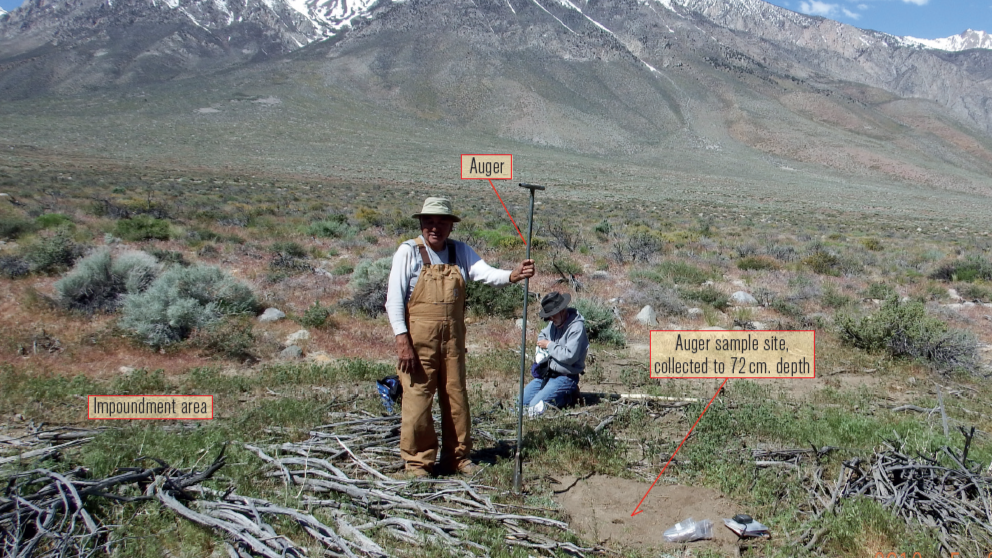
Photo, Greg Haverstock.
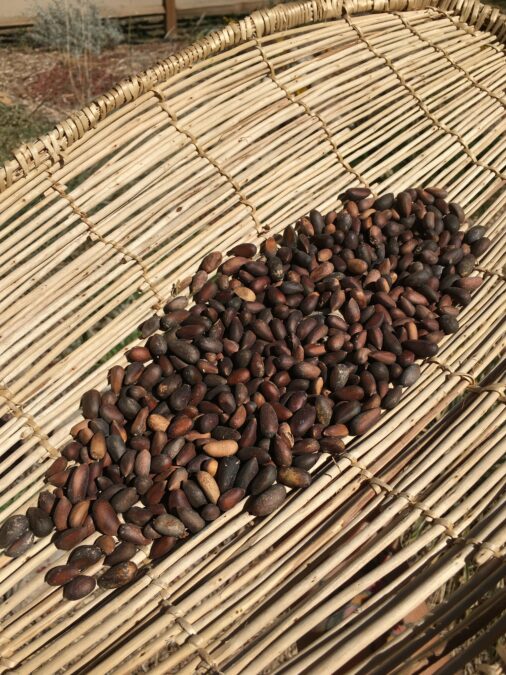
20th Century and beyond…
WMRC has a distinguished history of supporting scientific research since 1950. We have played a key role in many scientific milestones, including the physiology of hypoxia and ventilation, the measurement and polarization of the cosmic background radiation, the physiology of hibernation, and Holocene paleoecology and paleoclimate in bristlecone pines. Our research continues in these and many other fields.
For our history, please see time line of key events, Nello Pace’s 25 Years of High Altitude Research, Clarence Hall’s Crooked Creek History, and the 2004 Emmy award winning documentary In the Shadow of White Mountain narrated by Peter Coyote.
Barcroft Station historical photos
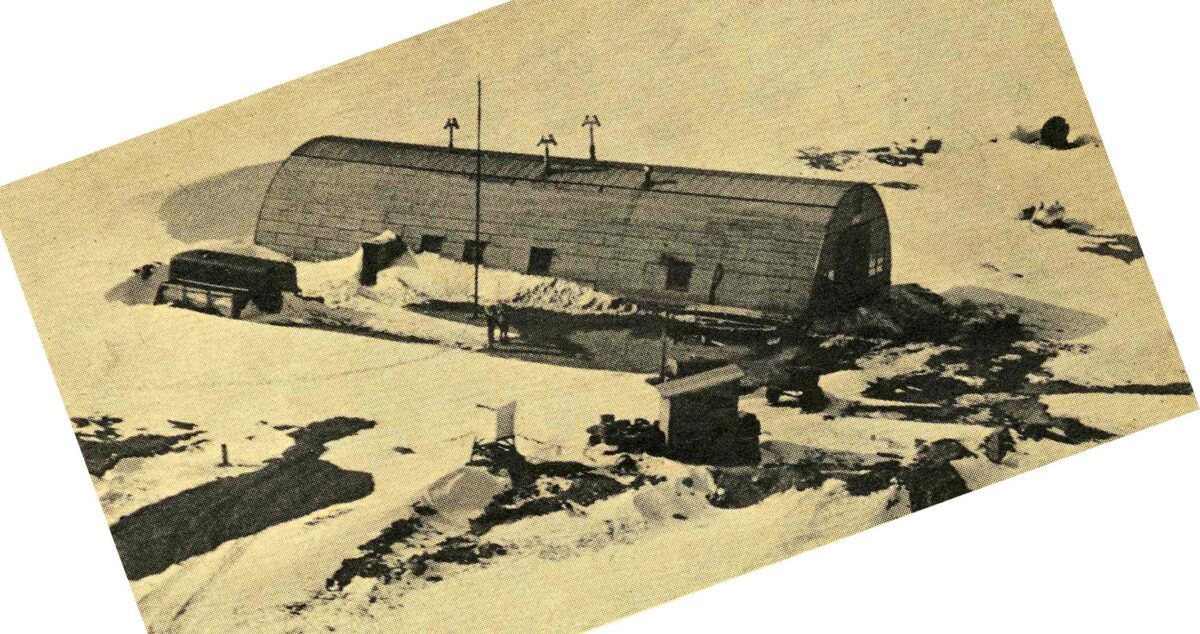

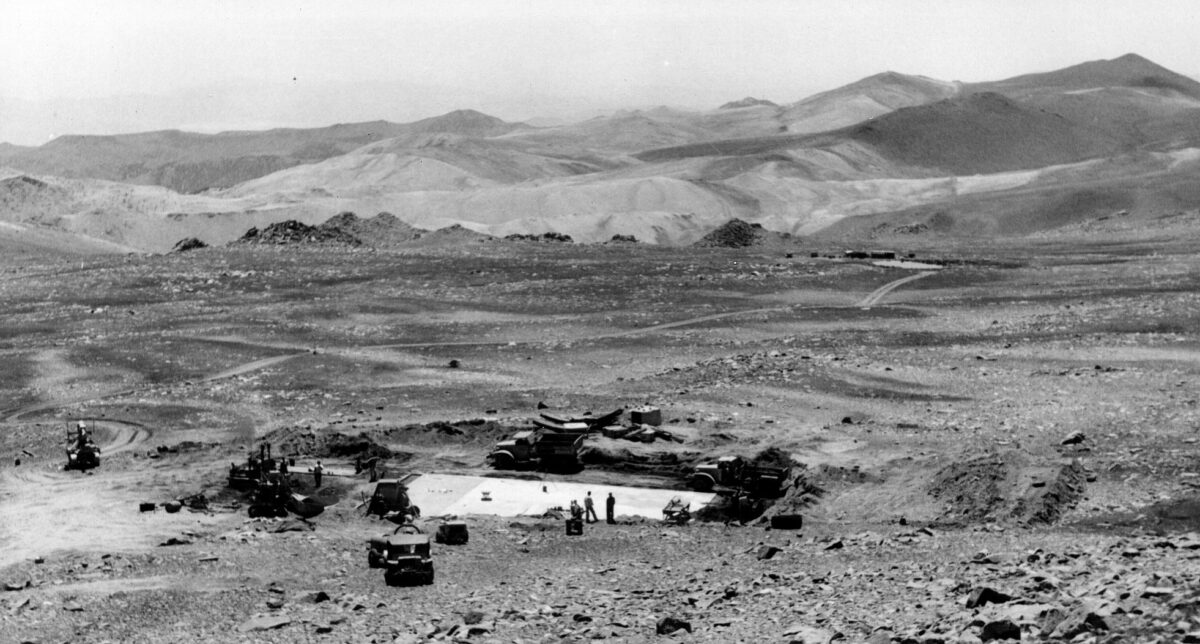

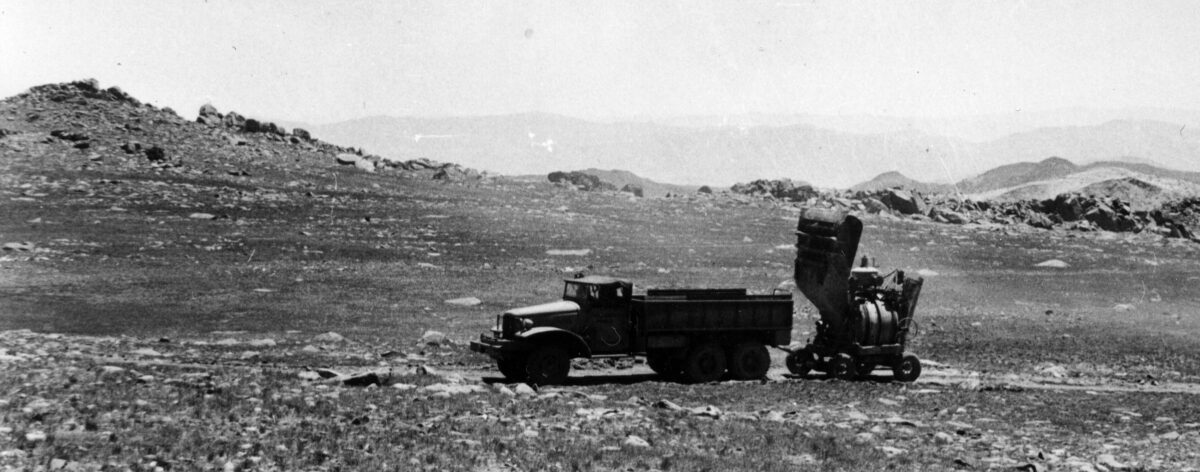
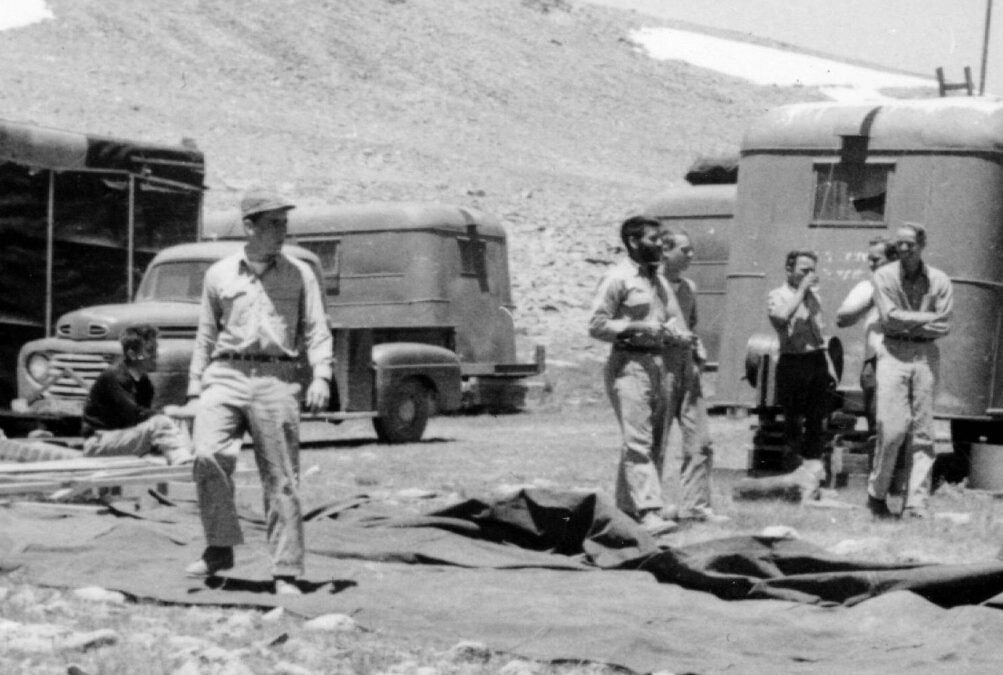




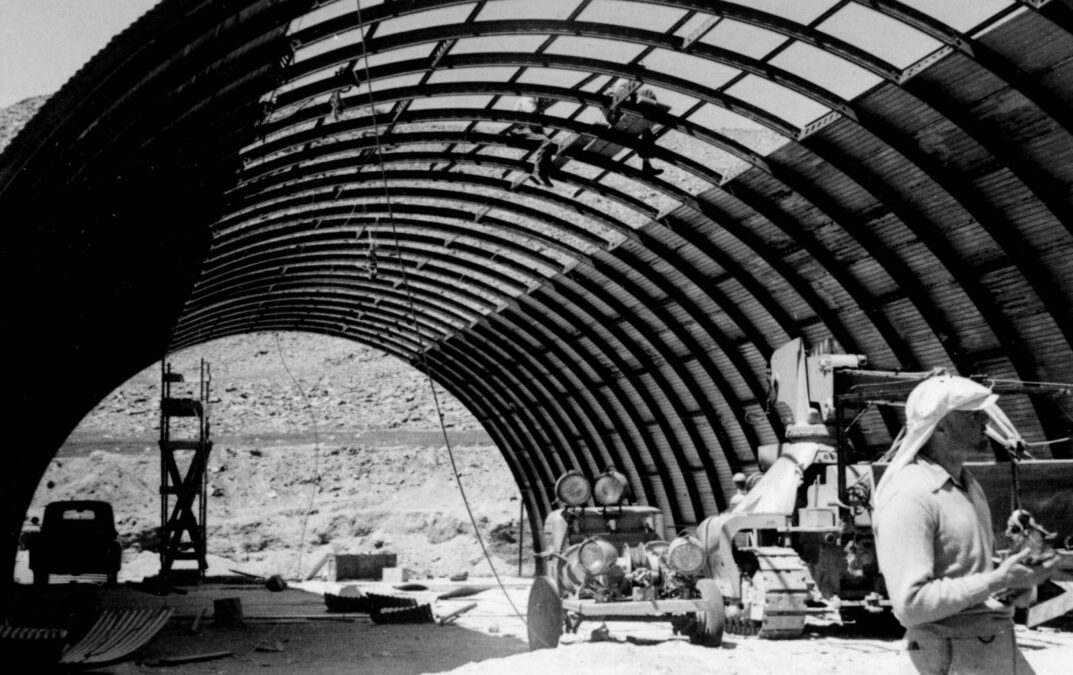
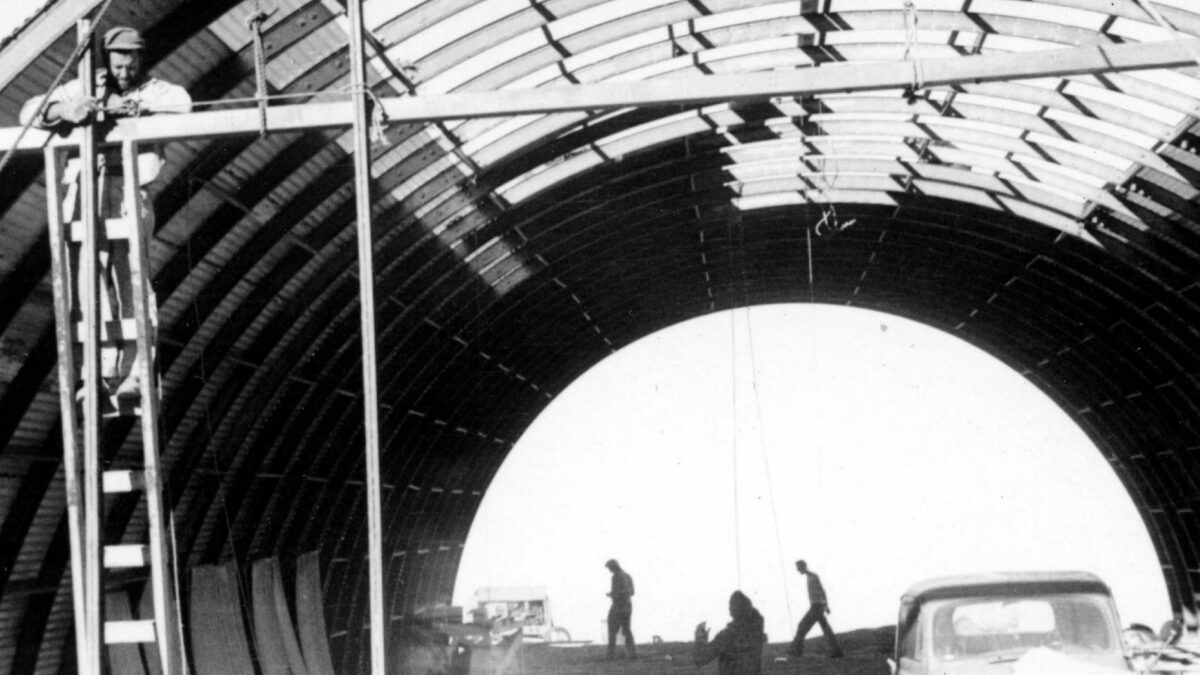


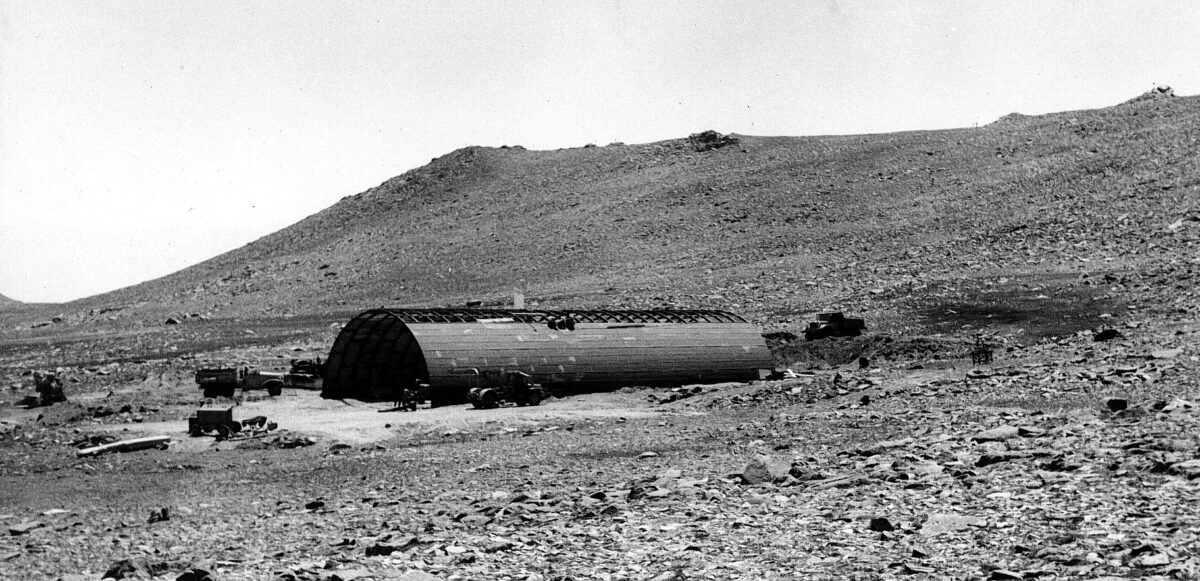
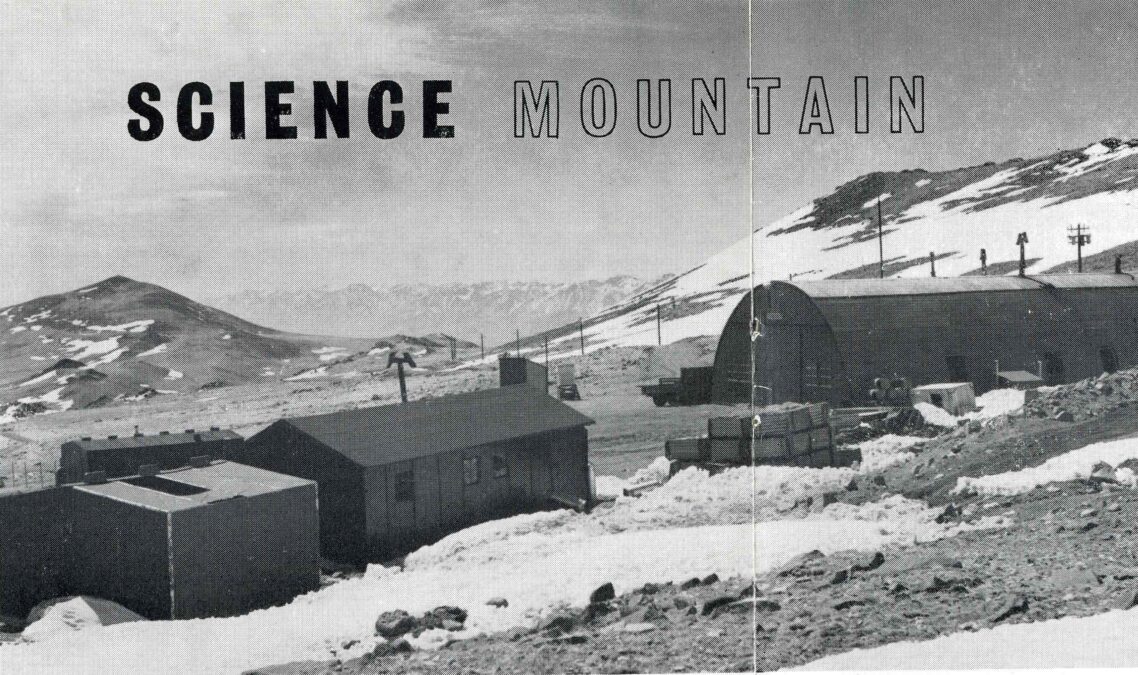
Crooked Creek historical photos




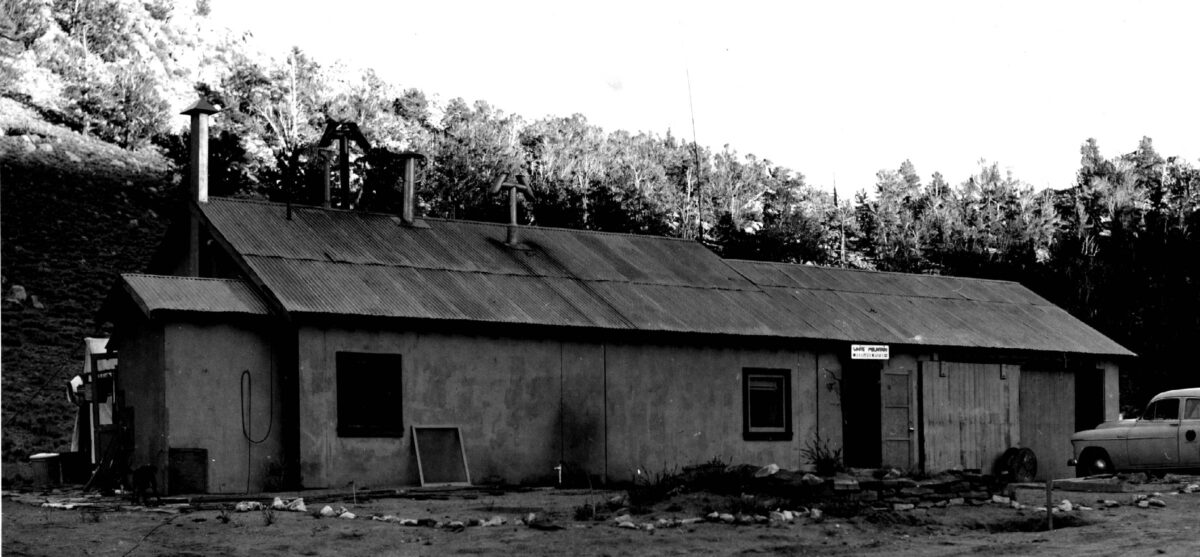

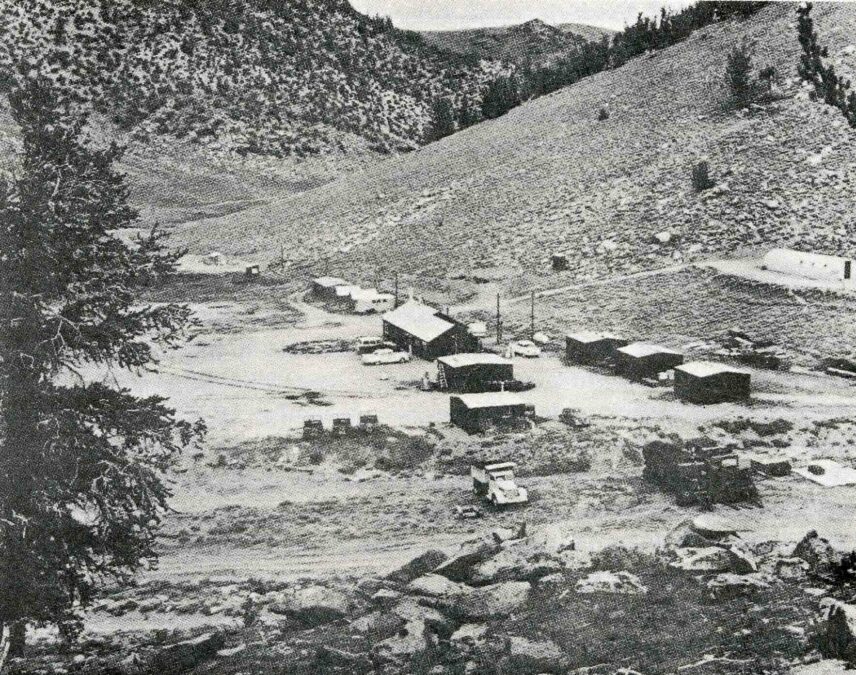
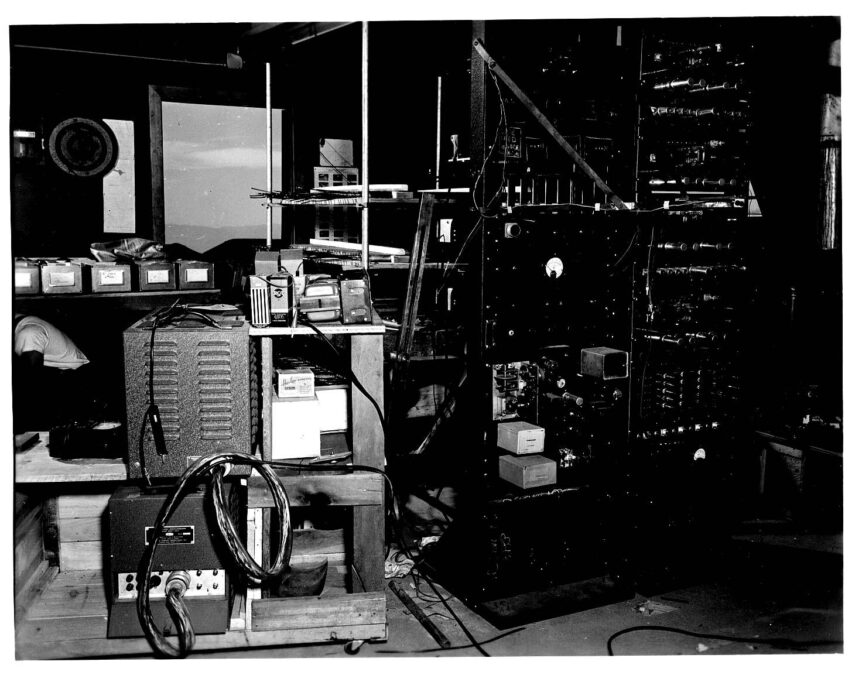
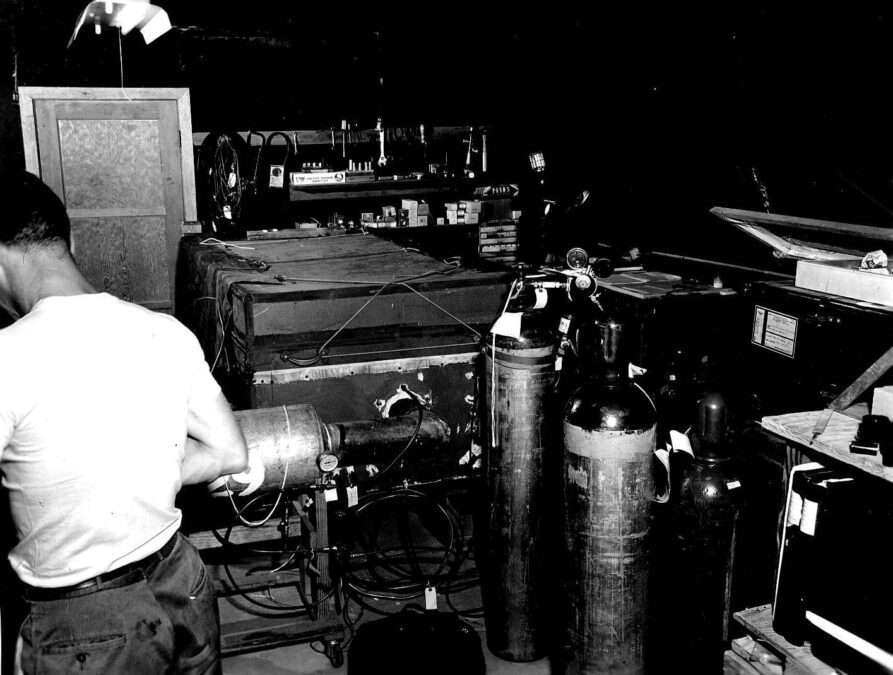
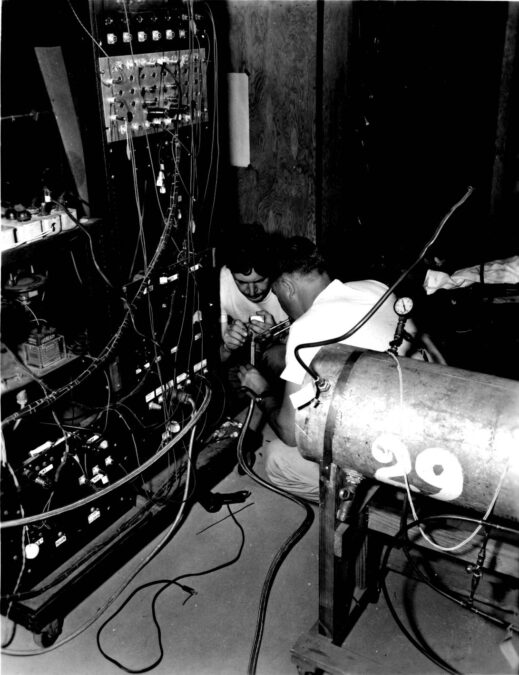

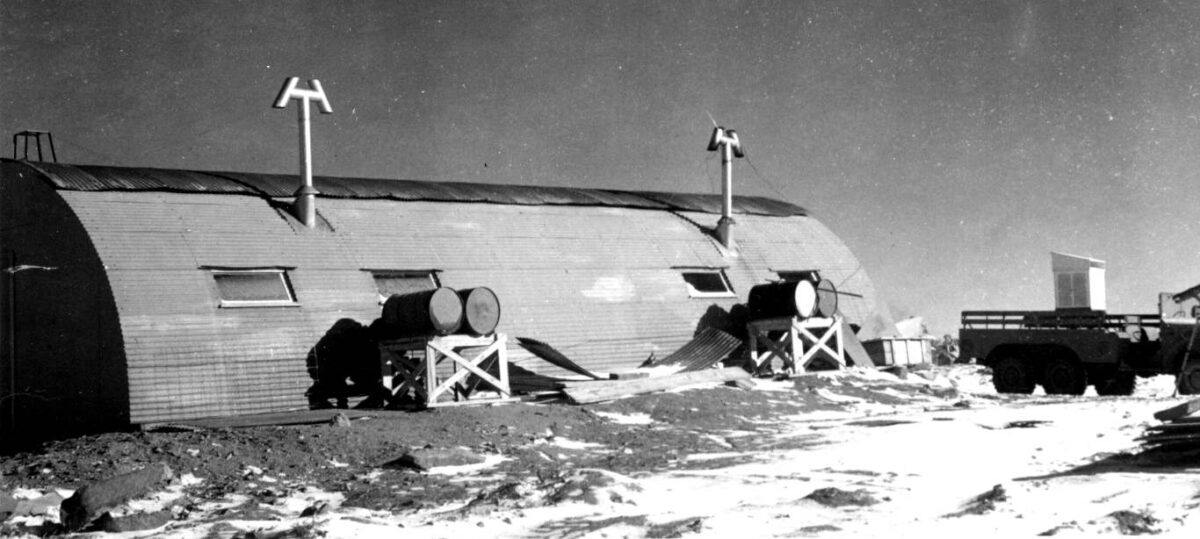

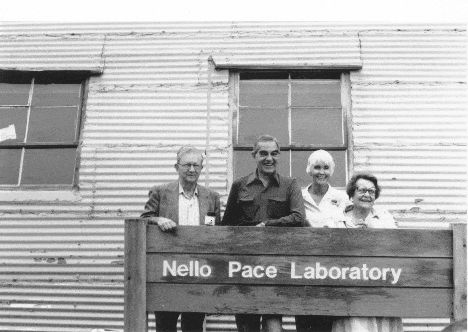
Historical Documents
First-hand accounts by early WMRC staffers and other historic articles.
Peter Miljanich interview by Sarah Sheehan, Bishop, 2005. Peter worked at Barcroft between 1951 and 1954.
Peter’s scanned notes and a pencil sketch of the station grounds.
White Mountain Research Station, Barcroft and Summit Laboratories: An account of their inception, 1950-1956. Burt Vaughan
California’s Laboratory Above the Clouds. 1952. Research Reviews. Office of Naval Research. (This article contains the photo and caption that brought Edmund Schulman to the White Mountains to study bristlecone pines.)
White Mountain High Altitude Research Station. 1952. Nello Pace and S.F. Cook. Science, New Series, Vol. 116, No. 3026. (Dec. 26, 1952), pp. 697-700.
Longevity under adversity in conifers. 1954. Edmund Schulman (First article to include data about White Mountain bristlecone pines.)
WMRS Brochure. 1955.
Where Scientists Work Above Timberline. 1957. Desert Magazine.
California Agriculture. 1959. University of California.
White Mountain High and Dry Research. 1962. Westways.
Science Mountain: North America’s highest permanent research center. 1963. California Monthly.
25 years of High-Altitude Research. 1975. Nello Pace.
History of the White Mountain Research Station and the Crooked Creek Facilities. 1994. Clarence A. Hall, Jr. and Nello Pace.
Nello Pace mini-bio. 1995. COSPAR Information Bulletin.
Obituary for Sherbourne Cook, one of WMRS’s founders
Selected Plants of the White Mountains, Dylan Neubauer, UC Santa Cruz
Historical Summary
In 1947-1948, scientists from California Institute of Technology and the Naval Ordnance Test Station at China Lake advocated to the U.S. Navy Office of Naval Research the establishment of a research facility in the White Mountains. They proposed three areas of research:
- sun spots;
- physics of the upper atmosphere;
- cosmic radiation.
Following approval the Naval Ordnance Test Station (NOTS) initiated construction in August 1948.
A road from highway 168 at Westgard Pass north to Crooked Creek was completed by September 1948. Living quarters at Crooked Creek were completed by October, and by December 194,8 the road had been extended beyond Crooked Creek to the base of the White Mountain Peak.
A Quonset hut for research was constructed in 1948 on the ridge overlooking Crooked Creek. In the summer of 1949, Professor Nello Pace, of UC Berkeley, selected a site 15 km north of Crooked Creek for research in high-altitude physiology, funding for which was approved in July 1950.
In August 1950, Pace persuaded the Naval Ordnance Test Station not to dismantle the Crooked Creek facility but to turn it over to the Office of Naval Research (ONR), and have ONR write a contract with the University of California for its administration as a public research station. The contract was approved and the University of California White Mountain Research Station was established September 1, 1950.
In the summer 1951, Pace constructed a facility for high-altitude physiology 15 km miles north of Crooked Creek on the slopes of what is now Mt. Barcroft. Pioneering research by Pace and his colleagues began to be published soon after the facilities were completed. In the mid-1950s the Bristlecone Pine forests in the White Mountains were found to contain one of the world’s most remarkable paleoclimate records, and in the 1960s Barcroft was found to be ideal for measuring the temperature of the early universe.
As these activities expanded and facilities increased, a the Owens Valley Laboratory base station was established at the foot of the White Mountains near Bishop, California. In the 1970s geologists from UCLA and other campuses began to see the value of the region for teaching field geology. In the 1980s the station blossomed as a multi-disciplinary field station with a diverse portfolio of research including human and animal physiology, animal ecology and behavior, plant physiology, archaeology, astrophysics, several disciplines of geosciences, and other fields.
In response to increased usage facilities were gradually upgraded, including a renovation of Barcroft Station in the early 1980s, full reconstruction of the Crooked Creek field station in the 1990s, and the addition of temporary buildings at OVS to increase housing, classroom space, and lab facilities. WMRC activity remains high to the present day, averaging 5000-6000 user nights and 40-50 scholarly publications each year.
Most years WMRC sees students and faculty from nearly every UC campus as well as nearly 100 other California, national, and international universities.